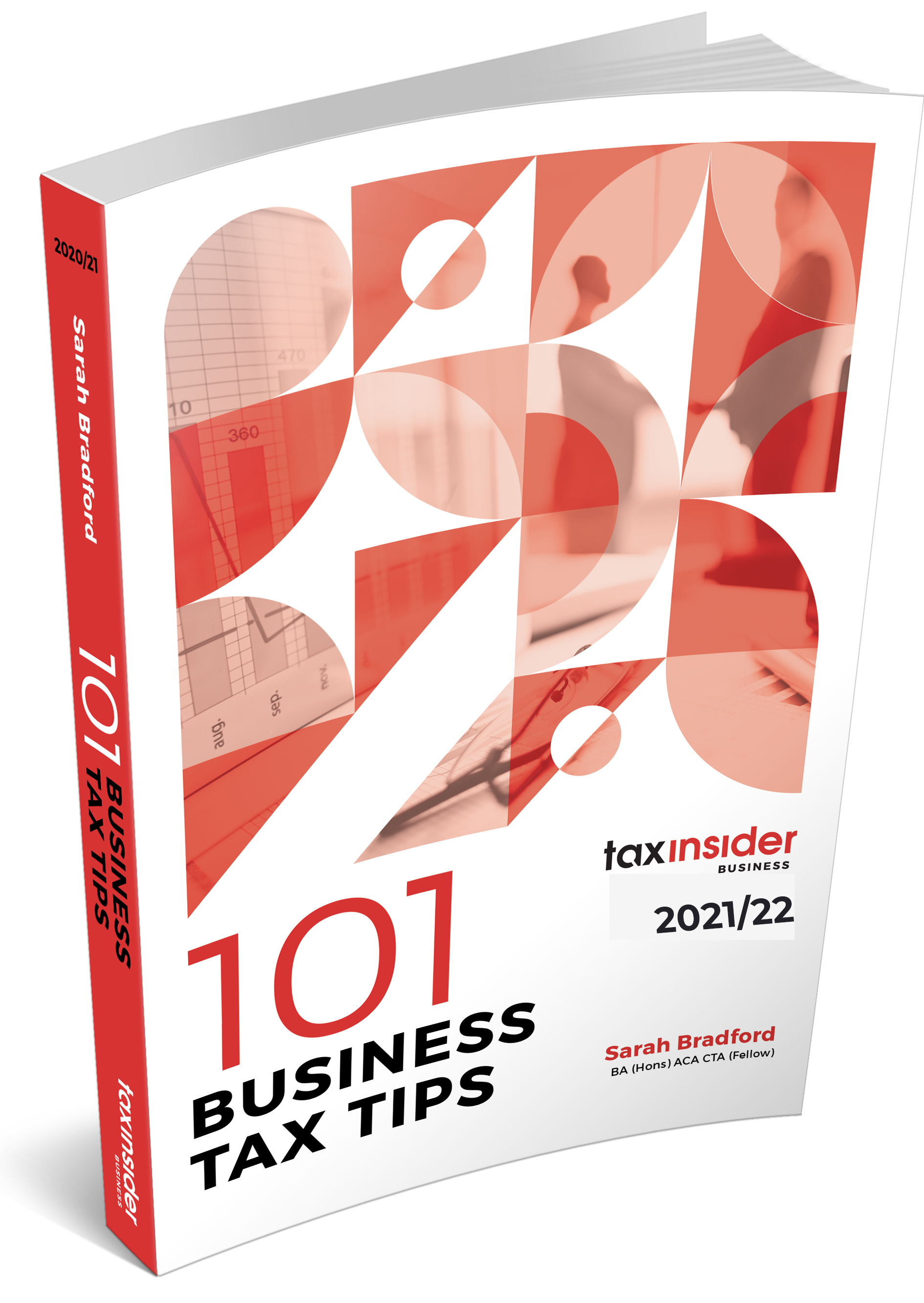 In this excerpt from our recently updated book, 101 Business Tax Tips, Sarah Bradford gives a quick explainer on the latest that you need to know. For more tips like this, order the 101 Business Tax Tips guide today.
In this excerpt from our recently updated book, 101 Business Tax Tips, Sarah Bradford gives a quick explainer on the latest that you need to know. For more tips like this, order the 101 Business Tax Tips guide today.
Funds can be made available by a loan. Although there are tax consequences of making loans, it is possible for the director to have the use of the money for up to 21 months for a minimal cost. The rules also apply where a director’s current account is overdrawn.
Under the close company rules for loans to participators, a corporation tax charge arises on the outstanding loan balance if the loan has not been repaid nine months and one day after the year end (the normal corporation tax due date). The charge is 32.5% of the loan balance (equal to the higher rate of dividend tax). This is known as a ‘section 455’ charge.
An income tax charge will also arise under the benefit in kind legislation if the director has loans outstanding at any point in the tax year with a balance of £10,000 or more if the loan is interest-free or if the interest paid on the loan is less than that payable at the official rate (set at 2% from 6 April 2021 and 2.25% from 6 April 2020 to 5 April 2021). If the loan is repaid by the corporation tax due date, there is no section 455 tax to pay. The benefit in kind charge, should one arise, will be cheaper than paying interest on a commercial loan. In this way, a loan from the company can be a cheap source of funds. It should be noted that anti-avoidance provisions apply to prevent the loan being repaid to avoid the tax charge and the funds subsequently being re-borrowed within a 30-day period or where there is an intention to re-borrow the funds at the time the repayment is made (even if this is outside the 30-day period). However, the anti-avoidance provisions do not apply to repayments and re-borrowing of less than £5,000, providing limited planning opportunities to reduce the tax payable.
Example - Making loans to directors
Ivan is a director of a family company. The company prepares accounts to 30 November.
On 1 December 2019 Ivan borrowed £40,000 from the company. This is at the start of the accounting period to 30 November 2020.
The loan is repaid on 25 August 2021, which is within nine months of the accounting period end. Consequently, there is no tax to pay on the loan balance.
However, Ivan must pay a benefit in kind charge on the loan. This spans three tax years.
The loan is outstanding for 127 days in 2019/20 and the official rate of interest is 2.50%. The cash equivalent of the benefit is £347 (£40,000 x 2.50% x 127/366).
Assuming that Ivan is a higher rate taxpayer, he will pay tax on the benefit of the loan of £139. The company will pay Class 1A NIC of £47.88.
The loan is outstanding for all of 2020/21. The official rate of interest is 2.25% and the cash equivalent of the benefit is £900 (£40,000 @ 2.25%), costing Ivan £360 in tax and the company £124.20 in Class 1A NIC.
In 2021/22, the loan is outstanding for 142 days. The official rate of interest is 2% and the cash equivalent of the benefit is £311 (£40,000 @ 2% x 142/365).
The associated tax payable by Ivan is £124 and the Class 1A NIC payable by the company is £42.92.
Ivan has the use of £40,000 for almost 21 months for a total cost of £838 (tax of £623 and Class 1A NIC of £215).
This is equivalent to an interest rate of 1.2% – considerably less than if he had taken out a commercial loan.



